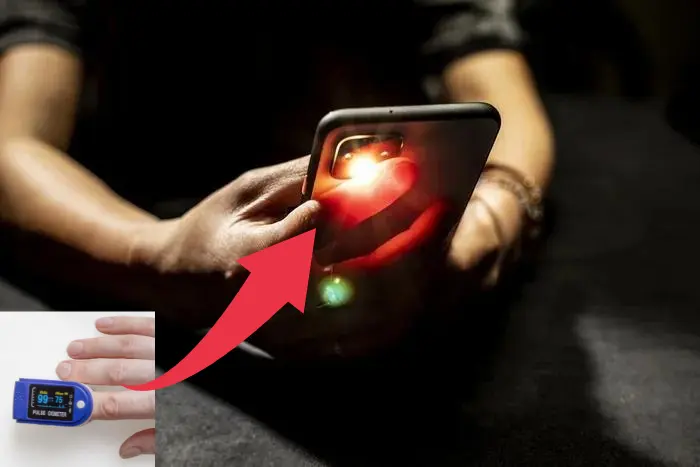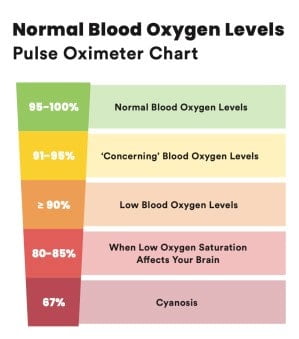
A group of US researchers discovered that smartphones can detect blood oxygen saturation levels as low as 70%, which is the lowest amount that pulse oximeters should be able to detect.
Participants in the proof-of-concept study by University of Washington (UW) and University of California San Diego researchers placed their fingers over the camera and flash of a smartphone, which employs a deep-learning algorithm to decode blood oxygen levels.
When the researchers administered a regulated combination of nitrogen and oxygen to six people in order to artificially lower their blood oxygen levels, the smartphone accurately identified whether the patient had low blood oxygen levels 80% of the time.
“Other smartphone apps that do this were developed by asking people to hold their breath. But people get very uncomfortable and have to breathe after a minute or so, and that’s before their blood-oxygen levels have gone down far enough to represent the full range of clinically relevant data,” stated University of Washington co-lead author Jason Hoffman.
“With our test, we’re able to gather 15 minutes of data from each subject. Our data shows that smartphones could work well right in the critical threshold range,” Hoffman stated in the research, which was published in the journal npj Digital Medicine.

Another advantage of using a smartphone to measure blood oxygen levels is that practically everyone owns one.
“This way you could have multiple measurements with your own device at either no cost or low cost,” added co-author Dr. Matthew Thompson, professor of family medicine at the University of Washington School of Medicine
This would be extremely useful for telemedicine sessions to rapidly evaluate if patients need to travel to the emergency room or whether they can relax at home and arrange an appointment with their primary care physician later.
The researchers had each subject wear a regular pulse oximeter on one finger and then position another finger on the same hand over a smartphone’s camera and flash to gather data for training and testing the algorithm.
The researchers utilized participant data to build a deep learning system to determine blood oxygen levels. The remaining data was utilized to validate the procedure and then test it on additional participants to assess how well it performed.
“The camera records how much that blood absorbs the light from the flash in each of the three color channels it measures: red, green, and blue,” stated senior author and UC San Diego assistant professor Edward Wang.
The team plans to expand its research by running the algorithm on more people.
Source: IANS
Also, check
Harmful Effects of Smartphones on Child Development
5 Technologies That Will Change The Future of Smartphones
8 Best USB Portable Charging Stations for iPhone & Android in 2022